Steps to run a tennis tournament
- Teamwork
- Endorsement
- Facilities
- Costs and budgeting
Tennis tournaments are globally popular among competitors and spectators alike. The major tournaments — like Wimbledon and the U.S. Open — obviously generate a lot of excitement, but local tournaments also can have a large following.
When a tennis tournament runs smoothly, you may not even think about just how much work goes into making it a success, but make no mistake — organizing a tennis tournament is no small job.
If you’re interested in learning how to run a tennis tournament, keep reading for the fundamental elements you need to focus on to make sure yours is a success.
Teamwork
Running a successful tennis tournament is a pretty major undertaking. It’s not just a job — it’s more like several big jobs.
Amateur events, such as those for local tennis clubs or high school and college tennis teams, require a great deal of logistics to reserve the courts, secure the necessary financial support from sponsors, register players, supply all the balls and officials needed, and take care of countless other details. That’s why having a good team is a necessity.
A committee of dedicated volunteers with a diverse array of skills is essential for a successful tennis tournament. In the initial stages of planning your tournament, it’s important to prioritize recruiting committee members who are avid tennis players, as they’ll likely have the most enthusiasm.
You also want people who will promote the tournament and have the contacts needed to secure sponsors. Good candidates for the committee are those who are more broadly involved in business and community affairs — they’re more likely to have the knowledge and connections to persuade sponsors and players to support the event.
Endorsement
While you might think of your event as entirely local, with some effort, you can get the tournament sanctioned by the United States Tennis Association (USTA). This requires careful preparation, which is outlined in the USTA Northern Tournament Director’s Manual.
The process begins with completing the required forms. To be considered for sanctioning, you must submit the forms by the annual due date, which is typically in August each year.
While it’s extra work to have your tournament sanctioned by the USTA, there are benefits. The tournament will be listed online, and online registration will be available to entrants. Players also have the assurance that the tournament will be conducted in accordance with USTA rules, and tournament results will be used to rank individual players.
Facilities
Having a successful tournament requires a sufficient number of courts for all the registered players on opening day. Anything less risks slowing the schedule and not concluding play in the allotted time.
The facilities must meet USTA standards to qualify as a sanctioned tournament. This includes the number and quality of courts, as well as the nets and many other aspects of the physical space where the tournament is played.
Facilities off the court must also meet the needs of spectators, tournament officials, and players awaiting their turn to play. Probably the most important off-court consideration is making sure your facility provides an appropriate number of restrooms.
Other considerations include facilities for players to change before and after play, lockers for players to store their gear, food service for players and spectators, and cleanup services afterward.
Costs and budgeting
The costs of a tennis tournament are highly variable, particularly when it comes to the cost of the courts. If the tournament is sponsored by a tennis facility that is donating the use of its courts, the cost is zero to the tournament. On the other hand, if the tournament is shopping for a suitable facility, the cost is determined by the market.
Here are some of the other expenses you’ll need to consider in your budget.
Balls
A tournament with 100 players can have up to 180 matches. In order to keep play moving along, let’s say three balls are allotted for every two sets and just one in 10 matches goes to a third set. That’s 198 cans of balls. A case of 24 cans of tournament-quality balls costs $95 online, which means a tournament with 100 players would use eight or nine cases of balls, which is nearly $1,000.
Umpires
USTA-certified officials are required for Level 3, 4, and 5 championship tournaments. Depending on the size and stature of your tournament, you might need a chair umpire, who’s the highest officiating authority during a match.
The chair umpire announces and keeps score, addresses the crowd, penalizes players when necessary, and has the authority to overrule line judges. For instance, they can overrule line umpires, who stand behind each baseline to call balls that hit outside the line.
Most casual tournaments, such as friendly play at tennis clubs, do without an umpire or simply appoint a trusted player to act as umpire. More formal (but still amateur) tournaments hire officials for a wage generally somewhat above minimum wage. While the expense can add up fast, umpires can quickly settle disputes and keep the tournament moving along.
Medical-related supplies
It’s important to budget for water, ice, and first aid supplies. Prices vary widely, but it’s essential that you make it easy for players to stay hydrated and ensure that you can provide assistance if someone is injured.
Trophies and awards
The USTA recommends awards be given to players who finish first and second in tournament play, but the cost of the awards is very elastic. You can spend a small amount to give everyone a prize or spend a lot on fancy trophies. It’s important to do your research on these items locally, as you’ll most likely purchase trophies and award plaques from local vendors.
Revenue sources
Since there are unavoidable costs to staging a tennis tournament, there has to be offsetting revenue. Many tournament planners first get an estimate of the total costs and then seek sponsors, but most tournaments also charge players an entrance fee.
Registering players, particularly for sanctioned tournaments, and collecting player fees is a quick and easy process using Jotform’s tournament registration templates. The Capital Area Tennis Association in Austin, Texas, which oversees many tennis tournaments every year, has moved the entire registration and fee collection process online using customized Jotform templates with payment integrations. Jotform also offers an online solution for collecting waivers from players.
There’s obviously a lot to consider when you’re planning a tennis tournament. You’ll have to get the right team on board and carefully plot out all of the elements to ensure your tournament goes smoothly. But there’s a big payoff at the end — you’ll be giving people in your area an enjoyable event to participate in, and you’ll be helping build community.
Photo by Sebastian Angarita



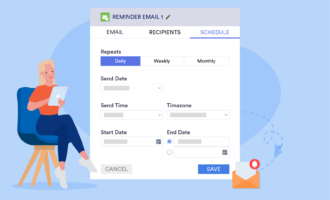













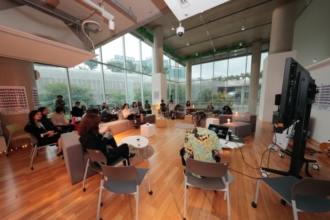






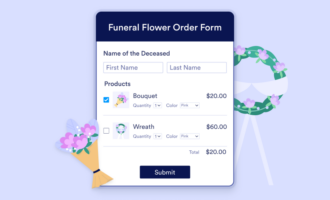










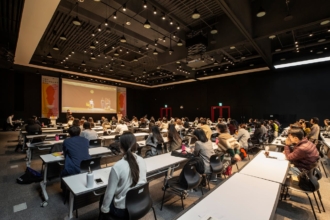













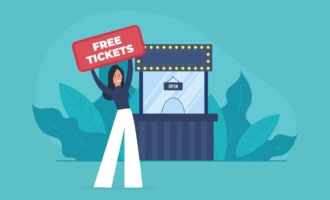




Send Comment: